Lessons from the 2022 wildfire season offer hope
As we prepare for wildfire in 2023, we reflect on what we learned from the 2022 fire season. From a statistical point of view, fewer acres were burned, and fortunately, fewer lives and homes were lost. Less than 400,000 acres were burned, a sevenfold reduction from 2021. On a similar note, less than 1,000 structures were destroyed by wildfire, representing a fourfold reduction from 2021. Those are significant changes, but as I reflect on my experience studying the vulnerabilities in our communities to wildfire, sadly, I need to share that “we're not out of the woods yet,” so to speak, but the formula for success is becoming clearer.
Recently, I worked with great colleagues to evaluate factors contributing to home loss in the town of Paradise during the Camp Fire. In that experience, we learned that the condition of the community of nearby homes has a significant impact on an individual building's survival. In our research, we found that the strongest predictor of loss was attributed to the distance to the nearest destroyed structure, especially if the destroyed building was within 50 feet. That means if a home succumbs to wildfire, it affects the survival of neighboring homes. That lens helped me look for patterns in 2022's wildfire season.
Fences create a wildfire path
I started 2022 in Boulder, Colorado, at the Marshall Fire. Many may remember that on Dec. 30, 2021, a wildfire challenged our views of when the fire season is deadliest. We were ready to welcome the new year and wildfire was furthest from our minds when several fires ignited during a significant wind event (the cause has still yet to be determined), and within minutes the fire spread to several communities around Boulder. Propelled by gusts of 115 mph, the fire burned 6,000 acres, and when it finally was suppressed by a snowstorm 12 hours later, it left behind 1,084 destroyed structures, including a hotel, a Target store and one shopping center. In January, two weeks after the fire started, I was privileged to accompany scientists from the Insurance Institute for Business and Home Safety (https://ibhs.org/risk-research/wildfire/ ) and UC ANR's Steve Quarles, UC Cooperative Extension advisor emeritus, to search for clues to help understand why some buildings succumbed and others did not.
The Marshall Fire burned on the east side of the Rocky Mountains, very different from the forested community of Paradise, where visual privacy between homes can be met through trees. During my visit, I saw that the Marshall Fire quickly spread through the region's grasslands and then to homes via a spaghetti of wooden fences.
These fences offer these communities privacy and backyard protections for kids and pets, but also create a pathway for wildfire to travel between homes. More specifically, the burning grass came into contact with debris and leaves caught at the base of wooden fences, igniting the fence and creating a pathway to bring fire directly to the house. The burning fence ignited surrounding dry ornamental plants and traveled down the fence line bringing flames directly to the house. Once a home ignited, the winds whipped embers from the burning homes to adjacent homes.
I believe that if the fences been upgraded with a 5-foot section of noncombustible materials or a metal gate attaching the fences to the houses, a burning fence would have been much less likely to damage the home.
Fuel reduction works
Fast forwarding to May, another fire challenged California's view of the fire season. The Coastal Fire burned on May 11, 2022, in Laguna Niguel near the California coast in Orange County. It was a small fire (200 acres) that burned through dense brush known as chaparral and raced up steep slopes to a network of homes that had been managed to withstand wildfire. In the end, 20 homes were lost. During my visit with my colleague Luca Carmignani, UC Cooperative Extension area fire advisor, we observed that the situation could have been much worse.
The community had completed a significant amount of fuel reduction and prevented flames from directly contacting the homes. This is a huge success that should be celebrated. Their weakness, however, was not preparing for the ember cast that came from the burning chaparral. These homes exhibited the classic effect of having the fire burn to the edge of the community and stop. Then 30 minutes later, fire personnel and the media observed puffs of smoke emanating from the roofs of the homes. So, what was the cause?
Embers found ways inside homes
Embers had penetrated the attic vents, found combustible materials, and fire ignited inside these houses. Fortunately, fire personnel were able to contain the damage to the homes at the exposed edge of the canyon rim and prevent a widespread home-to-home tragedy. Had these communities upgraded their vents to resist embers, the odds that these homes would have survived would have greatly increased.
Defensible space adds protection
The Oak Fire in Mariposa County in July provided another interesting lesson. The fire burned 20,000 acres and took 182 structures. A colleague from CAL FIRE shared that homes that had failed their defensible space inspection before the fire were six times more likely to be lost in the Oak Fire.
Defensible space is the modification and reduction of combustible materials and vegetation around a home. This required fuel modification provides a safe place for fire personnel to safely stage to address the approaching wildfire, and it also protects the house from catching fire. We all know this is a good practice; perhaps this data can help underscore its importance in building protection.
Wildfire preparation makes a difference
So, what did 2022 tell us? Simply, the details of wildfire preparation matter. Homes are destroyed by one or a combination of exposures: direct flame touching the building, embers penetrating a building through open windows or porous vents, or the radiant heat from the combustion of nearby fuels or homes leading to window breakage.
As Californians, we must prepare for all three types of exposures. We need to break the pathways of continuity from fences and vegetation to our structures. We need to harden our structures to resist heat and embers. We need to reduce fuels around our homes through the creation of defensible space.
To me, home loss to wildfire is predictable; however, the solutions to reducing home loss are within our sights and, with some tenacity and attention to the details, are within our capacities.


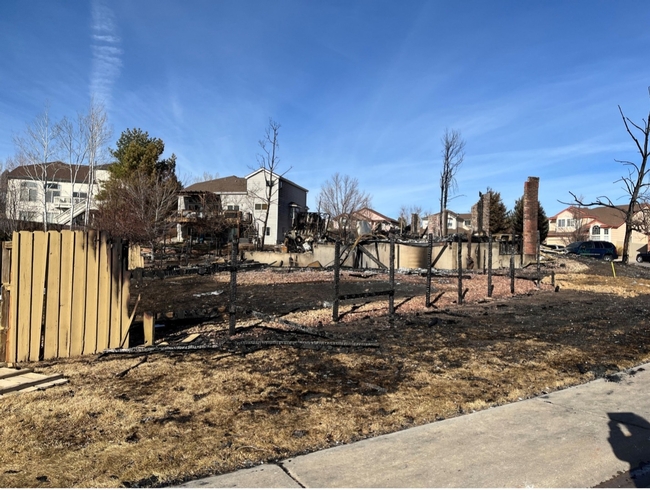
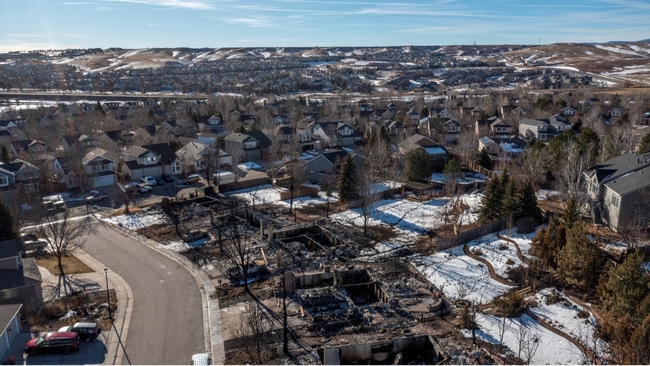
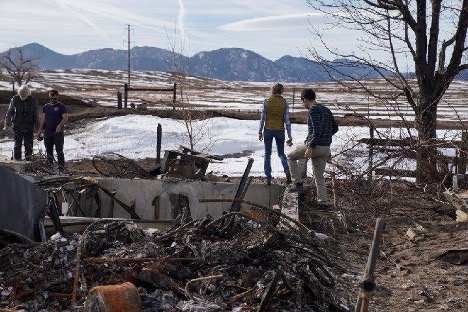
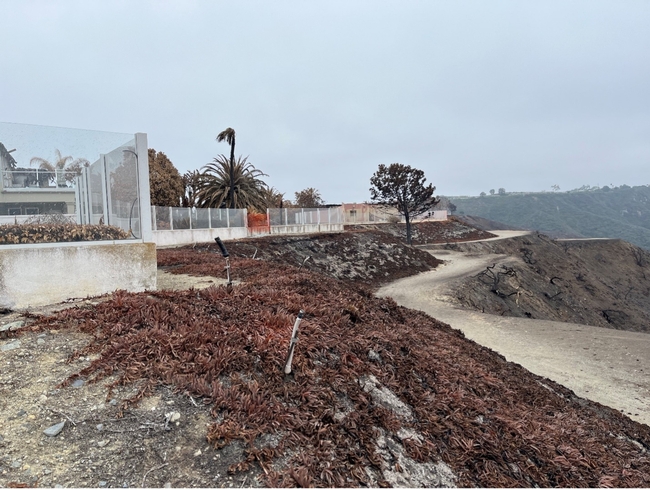
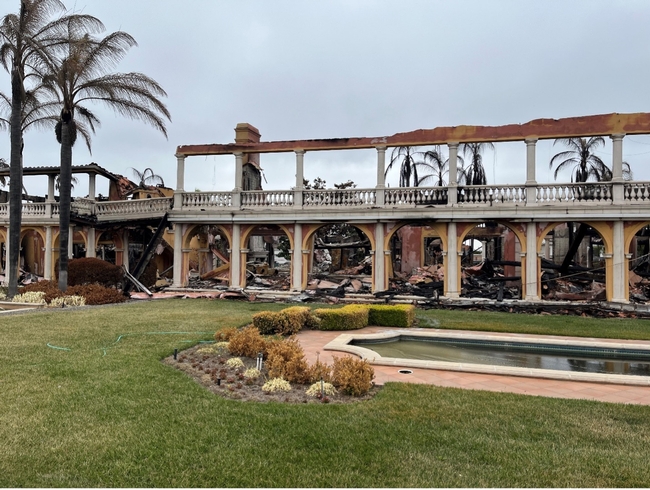
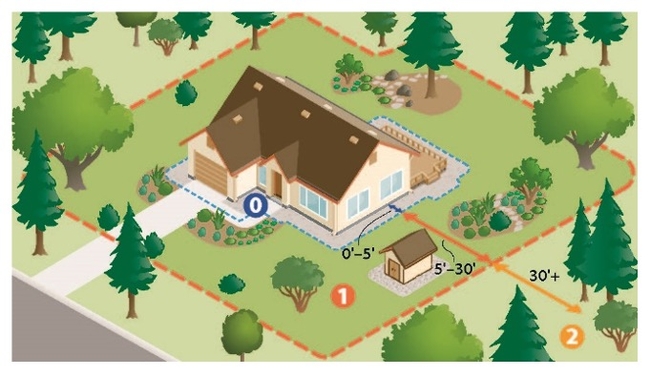
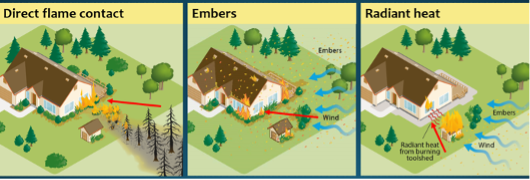
Thanks for your time.
Trina Kleist
(530) 601-6846
Posted by Trina Kleist on February 14, 2023 at 2:06 PM